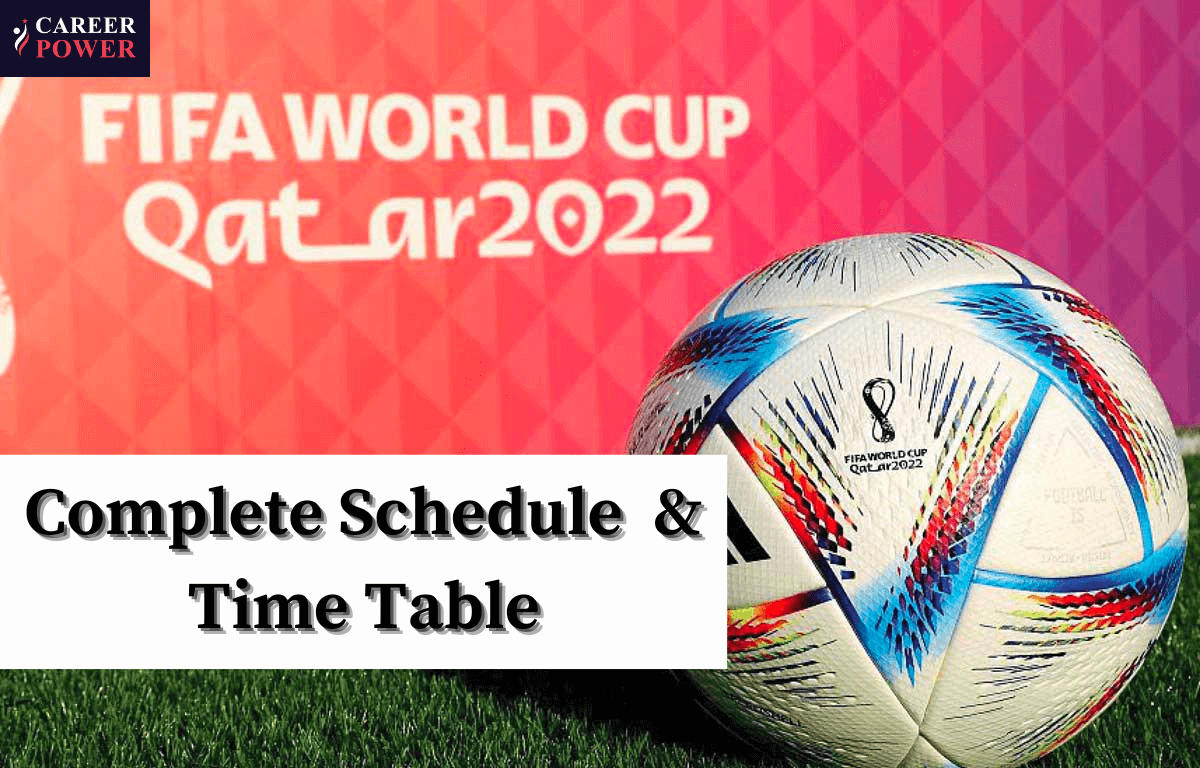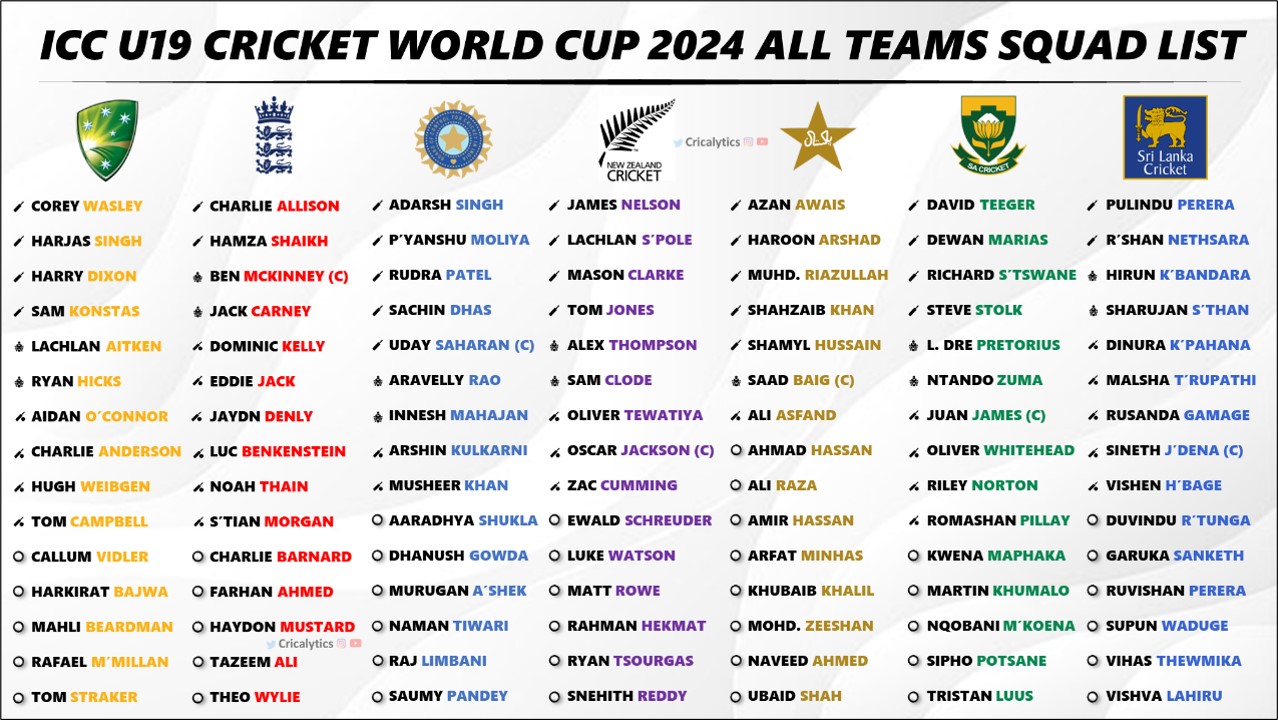
The Global Pulse: Navigating the Upcoming FIFA International Match Schedule
The beautiful game never truly sleeps. While club football captivates audiences week in and week out, the international breaks are the moments when national pride takes center stage, when the world’s best players don the colors of their homeland, and when the narrative of qualification for football’s grandest stages unfolds. These windows, meticulously planned by FIFA, are the lifeblood of the international game, offering a kaleidoscope of high-stakes qualifiers, competitive tournaments, and crucial friendly encounters.
As we look ahead, the upcoming FIFA international match schedule promises a relentless calendar of action, shaping the destiny of nations on their journey to the FIFA World Cup 2026, continental championships, and beyond. This article delves into the intricacies of the global football calendar, highlighting the key competitions, the stakes involved, and what fans can anticipate from the various confederations as the world gears up for a spectacle of national team football.
The FIFA International Match Calendar: The Guiding Framework
At the heart of the international football ecosystem is the FIFA International Match Calendar (IMC). This carefully structured framework dictates the specific windows during which national teams can convene for competitive matches and friendlies, minimizing conflicts with club competitions. Typically, these windows fall in March, June, September, October, and November, with major tournaments like the World Cup, Euros, Copa América, and Africa Cup of Nations having dedicated slots.
The IMC ensures that players are available for national team duty without undue pressure from their clubs, fostering a sense of balance in the demanding football schedule. For fans, these windows are a beacon, signaling the return of international rivalries, heroic performances, and the collective dream of qualification.
The Road to 2026: FIFA World Cup Qualifiers Intensify
The marquee event on the horizon remains the FIFA World Cup 2026, set to be co-hosted by the USA, Canada, and Mexico, and notably expanding to 48 teams. This expansion means more qualification spots, heightened competition in some regions, and renewed hope for nations that previously struggled to make the cut. The qualification campaigns are already well underway in some confederations, while others are gearing up for their crucial phases.
CONMEBOL: The South American Crucible
South America’s qualification process is arguably the most brutal and compelling. A single league format sees ten nations battle it out over 18 rounds of fixtures, with no easy games. With six direct qualification spots and one inter-confederation playoff berth now available (up from four and a half), the stakes are incredibly high. Upcoming matchdays will see traditional powerhouses like Brazil and Argentina continue their quests, facing fierce challenges from Uruguay, Colombia, Ecuador, and Chile. Every point is precious, and the dramatic swings in the table make for enthralling viewing. The intensity, the individual brilliance, and the passionate support create an unparalleled atmosphere.
UEFA: European Giants on the March
While the UEFA European Championship 2024 qualification dominated recent European international windows, the focus will soon shift squarely towards the 2026 World Cup qualifiers. With 16 direct spots available, Europe’s qualification will be a labyrinth of group stages and subsequent playoff rounds. Expect the usual suspects – France, England, Germany, Spain, Italy, Belgium, Portugal, and the Netherlands – to assert their dominance, but the qualification path is never straightforward. Emerging nations and dark horses will aim to upset the established order, making for competitive and often unpredictable encounters. The tactical battles and the depth of talent within European squads promise high-quality football.
CAF: The African Gauntlet
Africa’s qualification for the World Cup is a marathon. With nine direct spots and one inter-confederation playoff berth, the competition is fierce among the 54 member associations. The format typically involves a group stage followed by knockout playoffs, creating immense drama. Upcoming windows will see nations from across the continent battling through challenging groups, navigating diverse playing conditions and passionate home crowds. The rise of new talents and the consistent performance of established giants like Senegal, Morocco, Nigeria, and Egypt make African qualifiers a thrilling spectacle, full of athleticism, flair, and tactical intrigue.
AFC: Asia’s Ascent
Asia’s football landscape is rapidly evolving, and the qualification process reflects this growth. With eight direct spots and one inter-confederation playoff berth, Asian nations have their best chance yet to make their mark on the global stage. The qualification involves multiple rounds, from preliminary matches to highly competitive group stages. Powerhouses like Japan, South Korea, Iran, and Saudi Arabia will be expected to lead the charge, but the consistent improvement of teams like Australia (who qualify through AFC), Qatar, and Uzbekistan ensures no easy passage. The tactical discipline combined with flashes of individual brilliance makes AFC qualifiers a compelling watch.
CONCACAF: North American Narratives
As co-hosts, USA, Canada, and Mexico automatically qualify for the 2026 World Cup. This significantly alters the qualification landscape for the rest of CONCACAF. The remaining three direct spots and two inter-confederation playoff berths will be hotly contested. The qualification path will likely involve preliminary rounds leading into a more streamlined group stage for the remaining nations. The CONCACAF Nations League often serves as a feeder or plays a role in seeding for these qualifiers, adding another layer of competition. Teams like Costa Rica, Panama, Honduras, and Jamaica will be vying for their place, promising intense regional rivalries and hard-fought battles.
OFC: Oceania’s Opportunity
Oceania, traditionally with half a spot (requiring an inter-confederation playoff), now has one direct spot for 2026, plus one inter-confederation playoff berth. This is a monumental opportunity for the region. New Zealand will be the clear favorite, but the qualification process will see other island nations striving to make history. The unique challenges of geography and development make OFC qualifiers a testament to the global reach of football.
Beyond the World Cup: Continental Championships and Nations Leagues
While World Cup qualification dominates the long-term calendar, the immediate future also holds crucial stages of continental competitions and innovative new formats.
UEFA Nations League
The UEFA Nations League has firmly established itself as a popular and meaningful competition, replacing many international friendlies with competitive matches. Divided into leagues (A, B, C, D) based on national team strength, it offers not only a trophy but also potential pathways to the European Championship. Upcoming windows might feature the final stages of a Nations League cycle, or the commencement of a new one, with promotion and relegation battles creating immense tension. The top-tier ‘League A’ showcases thrilling encounters between Europe’s elite.
CONCACAF Nations League
Mirroring its European counterpart, the CONCACAF Nations League provides competitive fixtures for North, Central American, and Caribbean nations. It serves as a key part of the region’s international calendar, offering a direct path to the Gold Cup and often influencing World Cup qualification seeding. The intensity of regional rivalries is amplified in this competition.
Other Continental Qualifiers
Depending on the cycle, fans might also witness ongoing qualification for the Africa Cup of Nations (AFCON) or the AFC Asian Cup. These tournaments are continental pinnacles, and their qualification campaigns are fiercely contested, providing a platform for emerging talents and high-stakes drama.
The Rise of Women’s Football: A Parallel Universe of Excitement
It’s imperative to highlight the burgeoning international women’s football calendar. Following the resounding success of the FIFA Women’s World Cup, the focus shifts to Olympic qualifiers, UEFA Women’s Nations League, and various continental championships. The growth of the women’s game means more frequent and high-profile international windows, offering fans the chance to witness the incredible talent, tactical evolution, and compelling narratives within women’s football. Olympic qualifiers, in particular, are often incredibly tense, as nations vie for a coveted spot at the Games.
Youth Tournaments and Friendlies: Nurturing Talent and Testing Strategies
Beyond the senior competitive fixtures, the international calendar also makes room for youth tournaments (U-17, U-20 World Cups) and Olympic qualifiers (often U-23 for men’s football). These tournaments are vital for scouting the next generation of stars and for national federations to assess their developmental pipelines.
Friendlies, while sometimes viewed as less significant, remain crucial. They offer coaches the opportunity to experiment with new tactics, integrate emerging players, test squad depth, and build team chemistry ahead of major competitive periods. They also allow nations from different confederations to face each other, providing unique challenges and insights.
The Impact and Challenges of International Breaks
While exciting, international breaks present unique challenges. Player fatigue and injury concerns are paramount, as athletes travel across continents and transition between club and national team systems with little rest. The “club versus country” debate is a perennial one, but the pull of national duty remains incredibly strong for most players.
Logistically, coordinating matches across diverse time zones and climates is a monumental task. For coaches, the limited preparation time with their full squad demands efficiency and clarity in their tactical instructions. Yet, these very challenges often forge stronger bonds within the national team and highlight the resilience of the players.
Conclusion: A Feast for the Global Football Fan
The upcoming FIFA international match schedule is a testament to the global appeal and relentless rhythm of football. From the brutal CONMEBOL qualifiers to the tactical battles of UEFA, the athletic prowess of CAF, and the emerging forces of AFC and CONCACAF, every international window promises drama, passion, and moments of individual brilliance.
As nations vie for precious qualification spots, continental glory, or simply the chance to represent their country with pride, the global pulse of football will beat strongly. So mark your calendars, prepare for the journey, and immerse yourself in the unparalleled excitement that only international football can deliver. The road to 2026 and beyond is paved with dreams, rivalries, and the unwavering spirit of the beautiful game.



